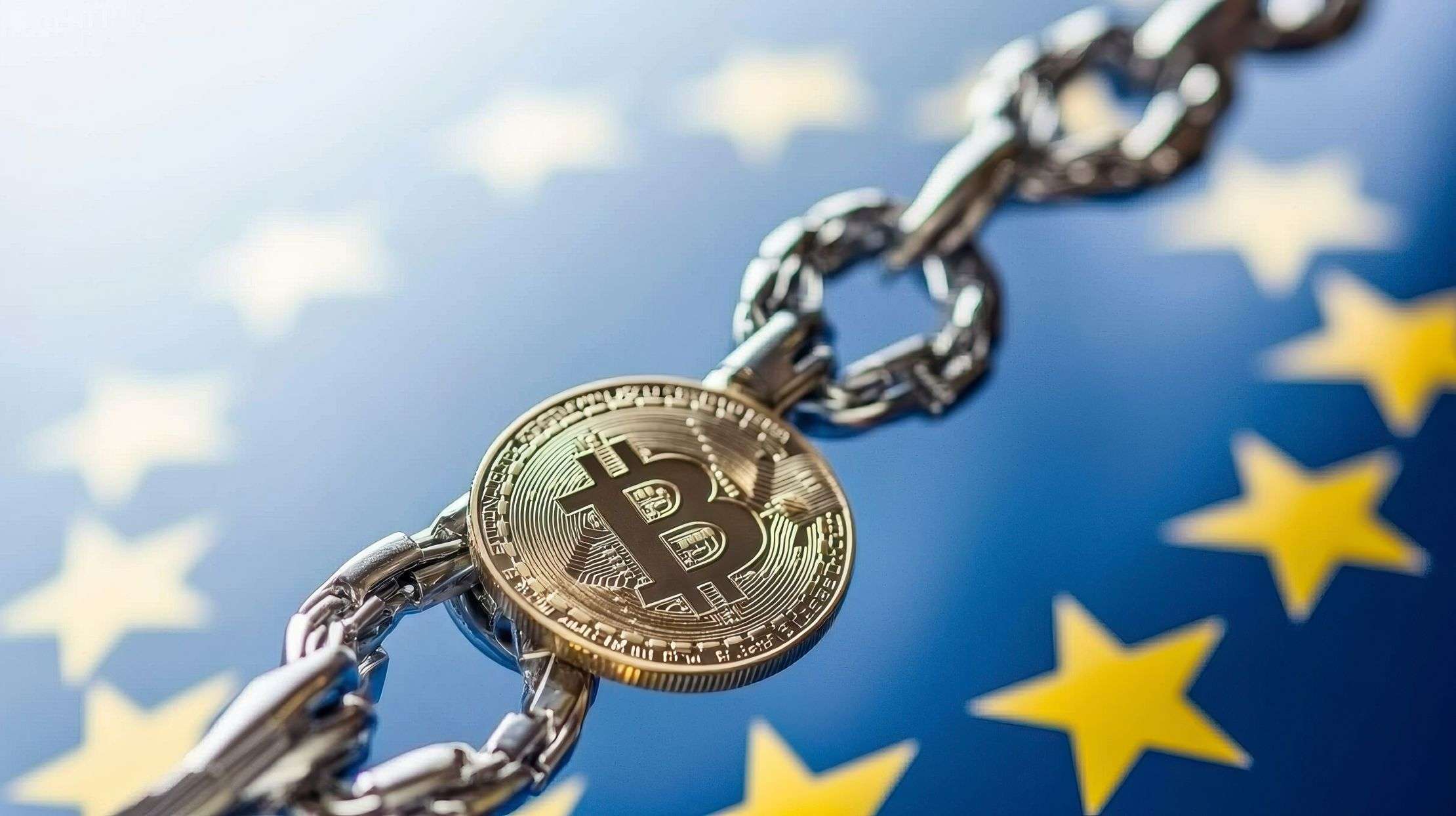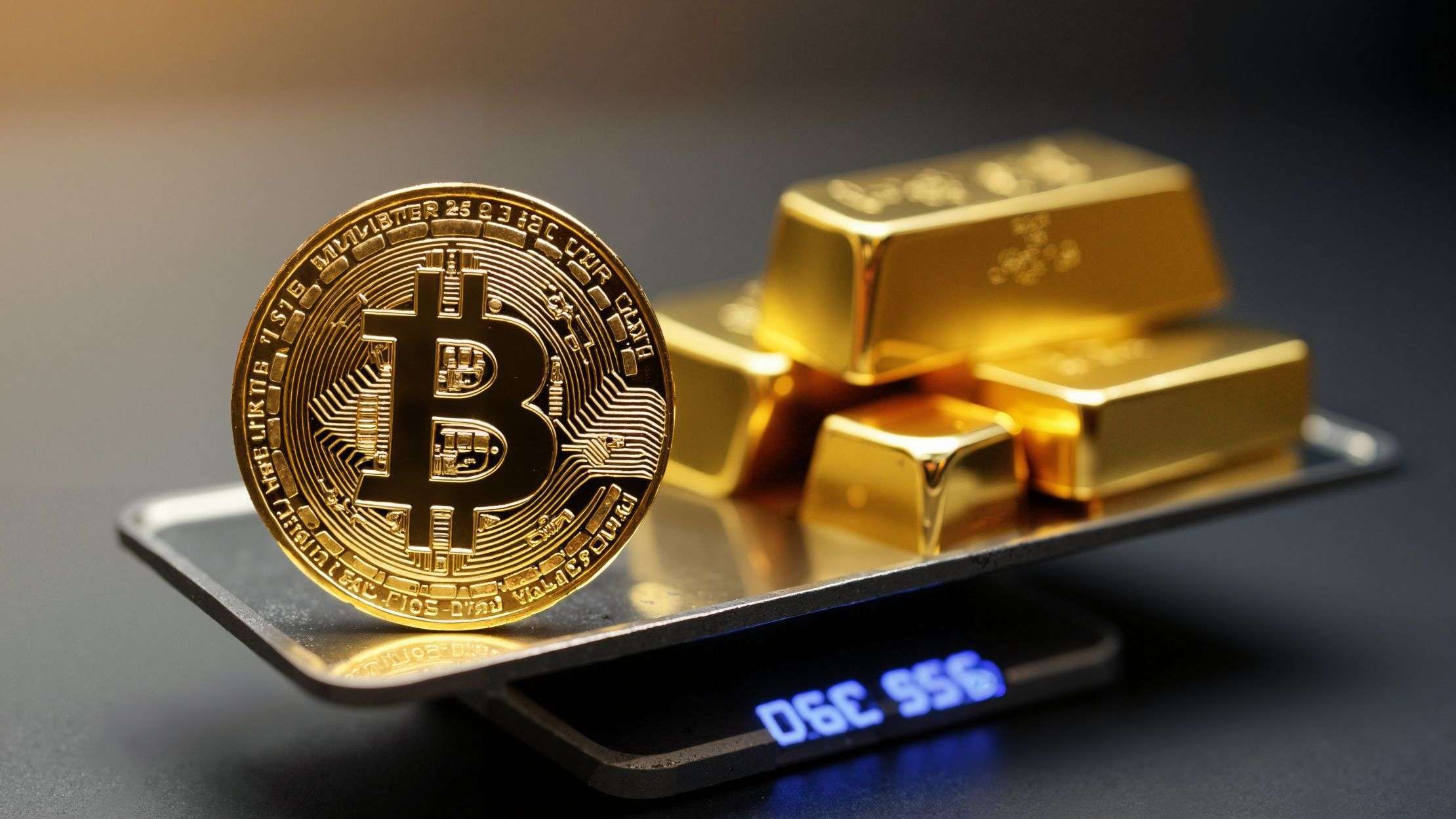MiCA Explained: What Every Crypto Investor in the EU Needs to Know
Markets in Crypto-Assets Regulation (MiCA) of the European Union is the key to developing the Digital Assets regulation. MiCA is important for investors, token issuers, exchanges, and custodians who operate within the EU as the crypto industry progresses.
What is MiCA?
MiCA is a broad regulatory mechanism the European Union implements to govern the crypto-assets market. It creates legal clarity, protecting investors and guaranteeing stability in finances through regulating crypto aspects like:
- Crypto-assets: Utility tokens, Stablecoins, and other digital assets not classified as financial instruments under existing EU laws.
- Public offerings: Entails offering of crypto-assets to the public.
- Market abuse: Activities perceived as market abuse.
- Crypto Asset Service Providers (CASPs): Exchanges, wallet providers, and other intermediaries.
Timeline of Application
MiCA’s implementation is phased to allow for a smooth transition:
- June 30, 2024: Provisions concerning asset-referenced tokens (ARTs) and e-money tokens (EMTs) became applicable, setting requirements for issuers of these Stablecoins.
- December 30, 2024: The remaining provisions came into effect. This included regulations for other crypto-assets, CASPs, to curb market abuse. Also, registered Virtual Asset Service Providers (VASPs) must have valid licenses before then.
“As of June 2024, all issuers of asset-referenced and e-money tokens operating in the EU must comply with MiCA’s stringent disclosure, reserve, and redemption requirements.” — European Securities and Markets Authority (ESMA)
Impact on Token Issuers
Token issuers must adhere to specific requirements under MiCA:
- – Legal Entity Registration: Issuers must be registered as legal entities within the EU.
- – White Paper Publication: A detailed white paper outlining the project, associated risks, and technology used must be developed and submitted to authorities.
- – Risk Communication: Clear communication of risks associated with the crypto-assets is mandatory.
Exemptions from these obligations include:
– Offers targeted only to qualified investors.
– Offers under €1 million over a 12-month period.
– Tokens offered as rewards for maintaining blockchain infrastructure.
– Free distributions (i.e., airdrops) not involving any form of consideration.
“White papers under MiCA must contain fair, clear, and not misleading information and be notified to national competent authorities before public offering.” — Official Journal of the European Union, Regulation (EU) 2023/1114
Impact on Exchanges and Custodians
– Mandatory Licensing: CASPs must obtain a license from a competent national authority.
– Passporting Rights: A license granted in one EU member state is valid throughout the entire EU and EEA, streamlining cross-border operations.
– Substance Requirements: CASPs must have a local presence, with sufficient human and technical resources in the licensing state.
“MiCA introduces a harmonized licensing regime for crypto-asset service providers, enabling seamless operation across EU markets via passporting.” — European Commission, MiCA Legislative Proposal
Conclusion
Through MiCA, corporate synergism exists for the crypto business within the EU, intending to achieve better investor protection and market integrity. Crypto investors, token issuers, exchanges, and custodians will be better positioned to manoeuvre in the ever-transforming digital asset waters by understanding and adhering to the provisions under MiCA.
Image Source: Adobe Stock
Disclaimer: This article is purely for informational purposes. It is not offered or intended to be used for legal, tax, investment or financial advice.


